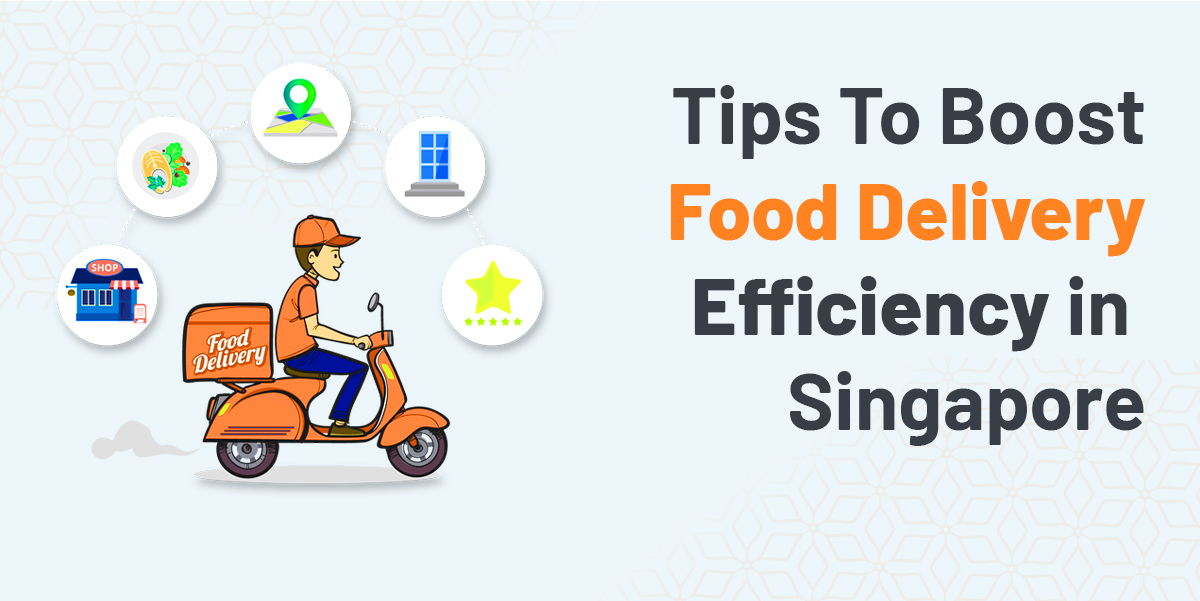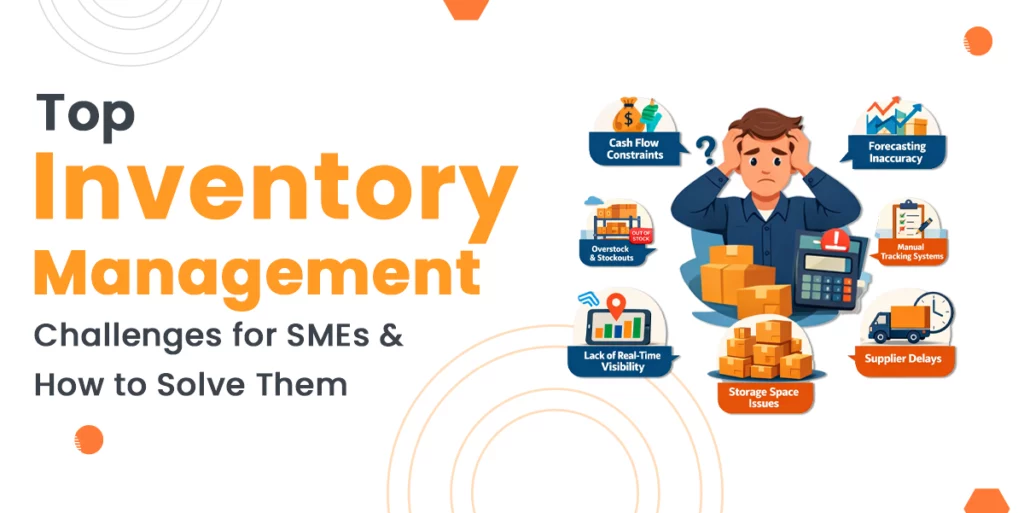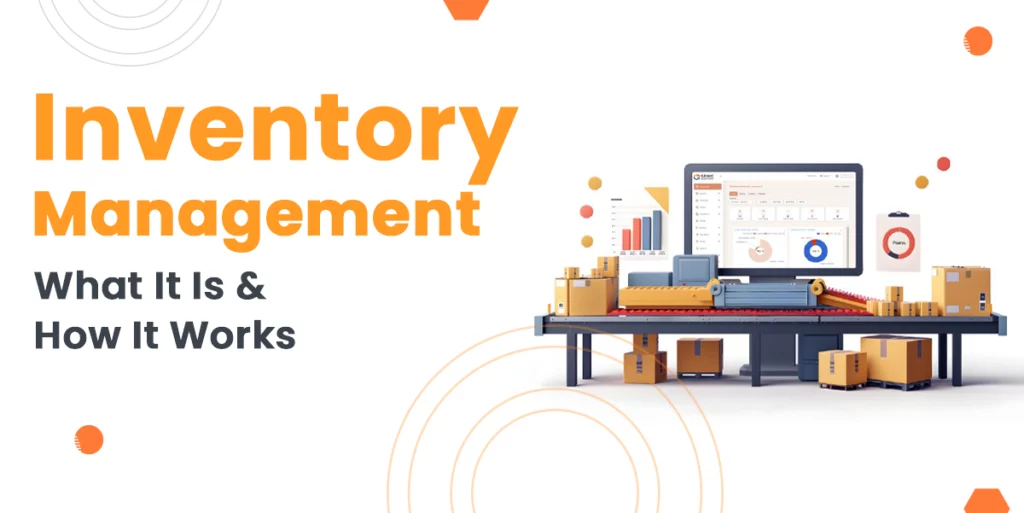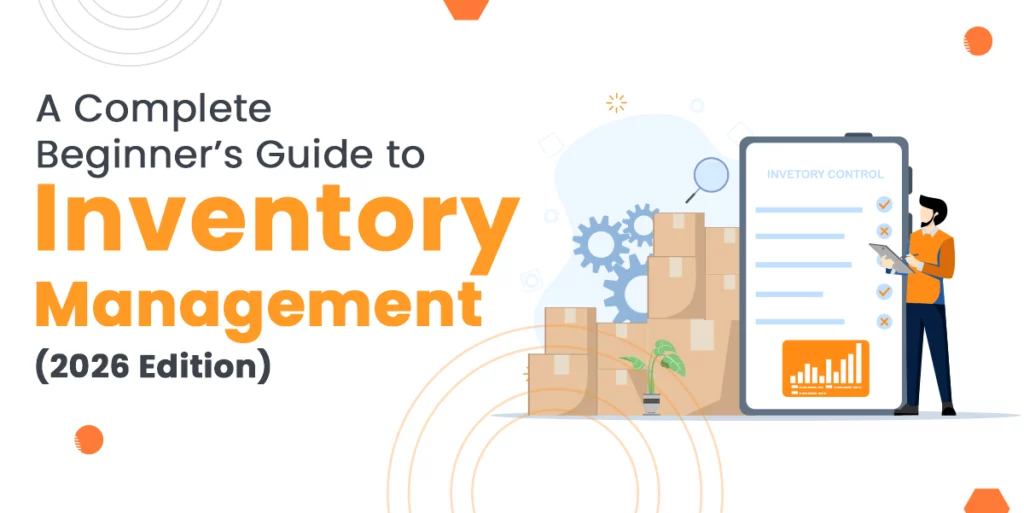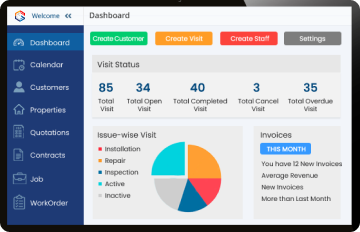Food delivery has become an essential service in Singapore. With a rising demand for quick meals and busy schedules, food delivery efficiency is crucial. Restaurants and delivery companies must optimize their processes, and one key tool to achieve this is a reliable food delivery management system. By integrating the right system, businesses can streamline operations and meet customer expectations.
This blog outlines tips to enhance food delivery efficiency while maintaining quality service.
1. Streamline The Order Process
A seamless order process is the backbone of efficient food delivery. Delays often occur when the ordering system is slow or unresponsive. Here are key ways to streamline this process:
- Use an efficient food delivery management system. Ensure that orders are transmitted directly from customers to the kitchen without delays.
- Simplify the menu. Offering a shorter, more focused menu speeds up ordering and preparation.
- Integrate an online food ordering system. This reduces manual errors and helps to process orders quickly.
2. Optimize Delivery Routes
Efficient route planning is critical for timely deliveries. Optimizing routes helps drivers reduce time on the road and cuts delivery costs. Here’s how to improve route efficiency:
- Use GPS-enabled routing tools. These tools help drivers find the quickest and least congested routes.
- Group orders by location. Deliver multiple orders to the same area to reduce travel time.
- Monitor traffic in real-time. Adjust routes based on current traffic conditions to avoid delays.
3. Invest in Quality Delivery Equipment
Having the right equipment ensures food arrives fresh and at the right temperature. The condition of the food upon delivery impacts customer satisfaction. Here’s what you need:
- Insulated delivery bags. These bags maintain the temperature of hot and cold items during transport.
- Dedicated delivery vehicles. Whether using motorcycles or bicycles, ensure the vehicles are well-maintained and suitable for delivery needs.
- Portable GPS devices. Provide drivers with GPS devices to keep track of routes and delivery times.
4. Train Delivery Staff
Properly trained staff can significantly impact the delivery experience. Training ensures drivers understand their role and the importance of efficiency. Focus on these areas:
- Customer service skills. Teach drivers how to interact professionally with customers.
- Time management. Train drivers to handle multiple orders without compromising service.
- Use of technology. Ensure drivers know how to use GPS tools and the delivery management system effectively.
5. Improve Communication Between Kitchen and Delivery Teams
Effective communication between the kitchen and delivery team is essential. It prevents miscommunications that cause delays or errors. Here’s how to enhance communication:
- Use a centralized food delivery management system. This ensures real-time updates between the kitchen and delivery team.
- Assign a delivery coordinator. This person can oversee the entire process, from order placement to delivery.
- Regular updates to delivery staff. Keep drivers informed about delays or changes in order status.
6. Leverage Technology for Order Accuracy
Order accuracy is key to customer satisfaction. Incorrect orders lead to refunds, wasted time, and unsatisfied customers. Here are ways to enhance accuracy:
- Digital order tracking. Use an online food ordering system in Singapore customers trust for its precision and clarity.
- Automated order confirmation. Ensure orders are confirmed automatically and sent directly to the kitchen.
- Order verification processes. Implement a double-check system in the kitchen to verify the accuracy of each order before it leaves.
7. Monitor Delivery Performance
Monitoring delivery performance helps identify areas for improvement. Tracking key performance indicators (KPIs) will give you insights into delivery efficiency. Focus on these metrics:
- Delivery time. Measure the average time it takes to complete deliveries and aim to reduce it.
- Customer feedback. Collect feedback to understand the quality of service and areas needing improvement.
- On-time delivery rate. Track the percentage of deliveries made within the promised time frame.
8. Use Data Analytics for Optimization
Data analytics can help businesses analyze delivery trends, predict busy periods, and optimize resources. Here’s how to use data effectively:
- Track order patterns. Use historical data to predict peak times and allocate more resources during those periods.
- Analyze delivery times. Identify areas where delays frequently occur and find ways to address them.
- Improve inventory management. Data can help ensure enough food stock is available for expected orders.
9. Encourage Customer Feedback
Encouraging customer feedback helps improve the delivery process. Customers often provide valuable insights that businesses might overlook. Here are some ways to collect feedback:
- Use online surveys. Send follow-up emails or text messages asking for reviews after delivery.
- In-app ratings. Allow customers to rate their delivery experience on the food ordering platform in Singapore users frequently access.
- Incorporate feedback into operations. Regularly review customer suggestions and make necessary adjustments.
10. Maintain a Consistent Delivery Schedule
Consistency in delivery times builds trust with customers. A consistent schedule allows customers to predict when they will receive their food. Here’s how to ensure a reliable schedule:
- Set realistic delivery windows. Provide customers with accurate delivery times based on their location and order type.
- Minimize delivery delays. Ensure that you have enough delivery staff to handle peak hours.
- Provide real-time tracking. Allow customers to track their delivery through the food ordering platform.
11. Partner with Multiple Delivery Platforms
Partnering with multiple delivery platforms can expand your reach. It ensures that your restaurant is visible to a broader audience. Here’s how to benefit from partnerships:
- Increase visibility. Being listed on multiple platforms means more potential customers see your restaurant.
- Diversify delivery options. Each platform offers unique delivery models and pricing, giving customers more choices.
- Optimize for each platform. Tailor your menu and promotions to fit the platform’s audience.
12. Offer Incentives for Repeat Customers
Loyal customers help sustain business in a competitive market. Offering incentives encourages customers to order again. Here’s how to keep them coming back:
- Discounts for frequent orders. Offer discounts or loyalty points for customers who order regularly.
- Subscription models. Introduce subscription services with benefits like free delivery or priority service.
- Exclusive offers. Provide exclusive deals for repeat customers to make them feel valued.
13. Focus on Food Quality and Packaging
While speed is important, food quality should never be compromised. Proper packaging ensures the food arrives in good condition. Here’s how to maintain quality:
- Use secure packaging. Ensure the food is properly sealed to prevent spillage during transit.
- Ensure proper portioning. Portion sizes should remain consistent, even during busy hours.
- Test packaging materials. Make sure the packaging can withstand the rigors of delivery while keeping food fresh.
14. Adapt to Changing Customer Preferences
Customer preferences in food delivery are constantly evolving. Keeping up with these changes ensures you stay competitive. Here’s how to adapt:
- Offer healthier options. Many customers are seeking healthier food choices for delivery.
- Provide eco-friendly packaging. Use sustainable packaging materials that appeal to environmentally conscious customers.
- Incorporate new cuisines. Introduce trendy cuisines to attract a diverse customer base.
Conclusion
Boosting food delivery efficiency requires careful planning, the right tools, and consistent monitoring. By optimizing delivery routes, leveraging technology, and ensuring quality service, restaurants in Singapore can meet customer expectations and stay ahead of the competition. Efficient delivery not only reduces costs but also enhances the overall customer experience.
Genic Solutions, a leading provider of cutting-edge software solutions, offers tailored systems that streamline food delivery operations in Singapore, helping businesses achieve greater efficiency and customer satisfaction. Implementing these tips, along with Genic Solutions’ innovative tools, can significantly improve your food delivery processes.

